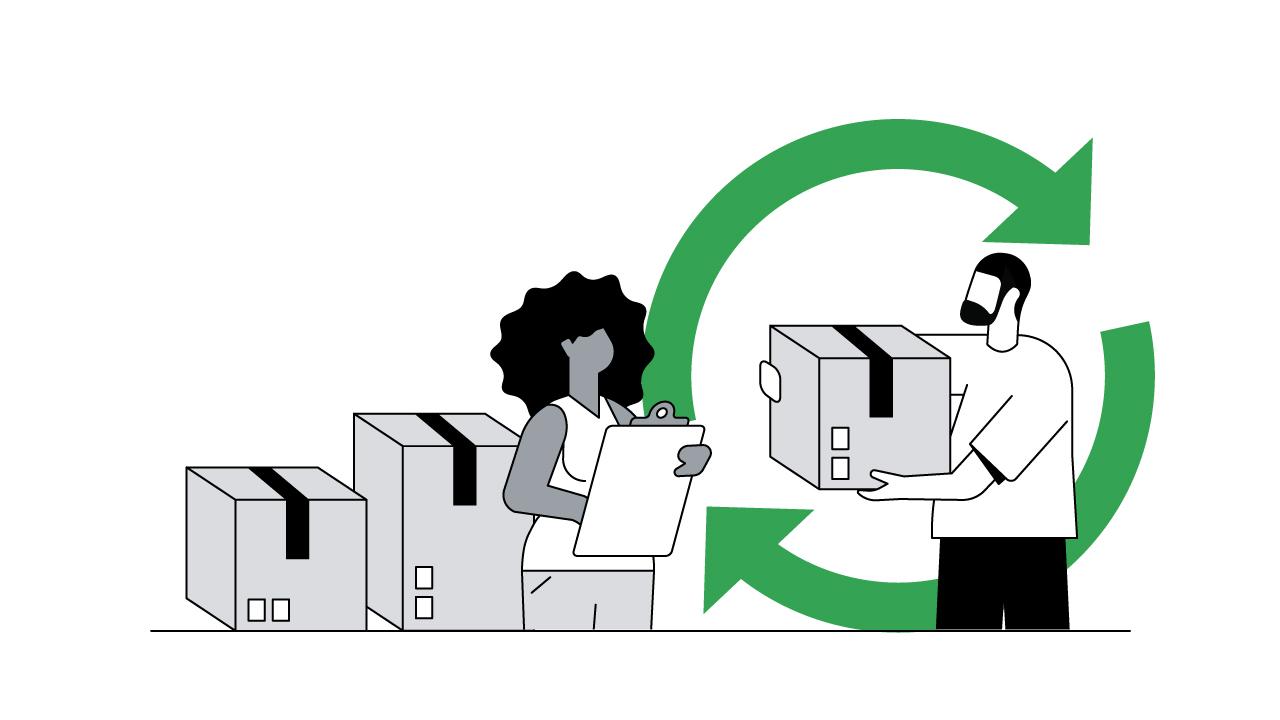In the world of e-commerce, returns processing is the unsung hero of customer satisfaction. While the thrill of placing an order and eagerly awaiting its arrival often steals the spotlight, the intricate dance of returns processing quietly ensures that consumers can easily exchange or refund unwanted items. Join us as we delve into the web of logistics, transport, and shipping that make returns processing possible, uncovering the hidden costs and complexities that keep the gears of e-commerce turning smoothly.
Key Factors Impacting Returns Processing Costs
When it comes to managing returns processing costs, there are several key factors that can have a significant impact on the overall expenses incurred by a business. One of the main factors to consider is the volume of returns that a company experiences. The higher the volume of returns, the more resources will be needed to process them efficiently.
Another important factor is the complexity of the return process. If there are multiple steps involved in processing returns, such as restocking, refurbishing, or disposing of returned items, the costs can quickly add up. Additionally, the speed at which returns are processed can also impact costs, as faster processing times may require additional resources or expedited shipping methods. By carefully analyzing and addressing these key factors, businesses can optimize their returns processing costs and improve overall efficiency.

Streamlining Logistics for Efficient Returns Handling
Efficient returns handling is crucial for any business looking to streamline their logistics operations. By optimizing the process of receiving and processing returns, companies can save time and money while also improving customer satisfaction. One key aspect of streamlining returns handling is to have a dedicated returns processing center equipped with the necessary tools and resources to quickly and efficiently process incoming returns.
Implementing automated systems, such as barcode scanners and inventory management software, can help ensure that returns are processed in a timely manner and accurately tracked throughout the entire process. Additionally, providing clear instructions for customers on how to initiate a return and packaging their items for shipment can help prevent delays and errors in processing. By focusing on improving returns handling logistics, businesses can reduce costs associated with returns processing and improve overall operational efficiency.

Optimizing Shipping Strategies to Minimize Returns Expenses
When it comes to minimizing returns expenses, optimizing shipping strategies is key. By carefully evaluating your current shipping processes and making necessary adjustments, you can significantly reduce the costs associated with returns processing. One effective strategy is to offer free return shipping to encourage customers to make returns through your preferred channels. This can help streamline the process and reduce overall expenses.
Another helpful tactic is to implement a more efficient inventory management system. By keeping track of your stock levels and accurately predicting demand, you can avoid over-ordering and reduce the number of returns caused by excess inventory. Additionally, partnering with reliable carriers can help ensure that packages are delivered on time and in good condition, minimizing the risk of returns due to damaged or delayed shipments.

Recommendations for Reducing Return Processing Costs
Implementing efficient strategies to reduce return processing costs is crucial for any business. By analyzing the root causes of returns and addressing them, companies can significantly cut down on expenses while improving customer satisfaction. Here are some recommendations to help streamline the returns process:
<ul>
<li><strong>Enhance Product Descriptions:</strong> Provide detailed and accurate product descriptions to minimize the likelihood of customers receiving items that do not meet their expectations.</li>
<li><strong>Improve Quality Control:</strong> Implement rigorous quality control measures to ensure that products are inspected thoroughly before shipping to prevent defects and reduce returns.</li>
<li><strong>Offer Easy Returns:</strong> Simplify the returns process for customers by providing clear instructions and options for returns, including prepaid shipping labels.</li>
</ul>
<table class="wp-block-table">
<tr>
<th>Recommendation</th>
<th>Impact</th>
</tr>
<tr>
<td>Enhance Product Descriptions</td>
<td>Reduces returns due to inaccurate expectations</td>
</tr>
<tr>
<td>Improve Quality Control</td>
<td>Minimizes returns caused by product defects</td>
</tr>
<tr>
<td>Offer Easy Returns</td>
<td>Increases customer satisfaction and loyalty</td>
</tr>
</table>
Final Thoughts
As we wrap up our exploration of returns processing costs in the logistics, transport, and shipping industry, it is clear that this aspect of the supply chain plays a significant role in determining overall profitability. By understanding and optimizing the various factors that impact returns processing costs, businesses can streamline their operations and improve their bottom line. Whether it’s through implementing more efficient processes, leveraging technology, or fostering collaboration with partners, there are numerous strategies available to minimize costs and maximize returns. As the industry continues to evolve, it will be crucial for companies to stay informed and adapt to the ever-changing landscape of returns processing. Thank you for joining us on this journey through the world of returns processing costs – we hope you found it valuable and insightful. Here’s to a more cost-effective and efficient returns process for all!
